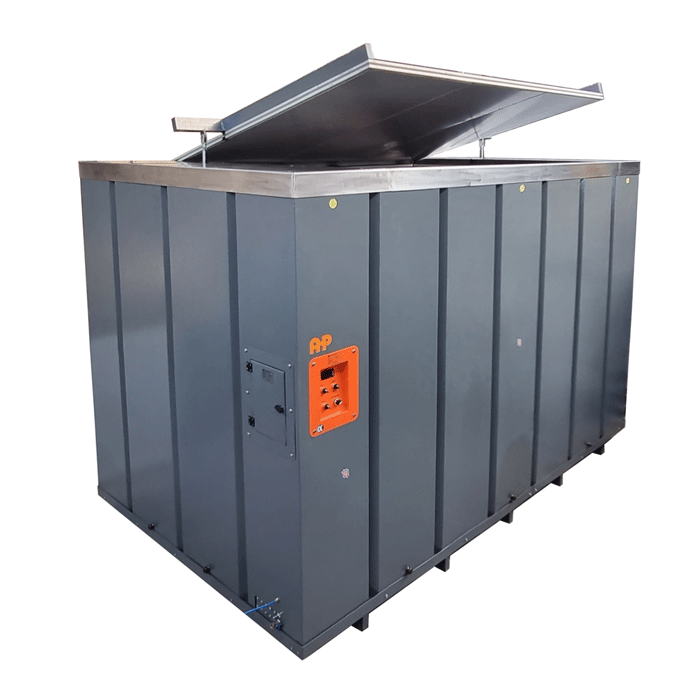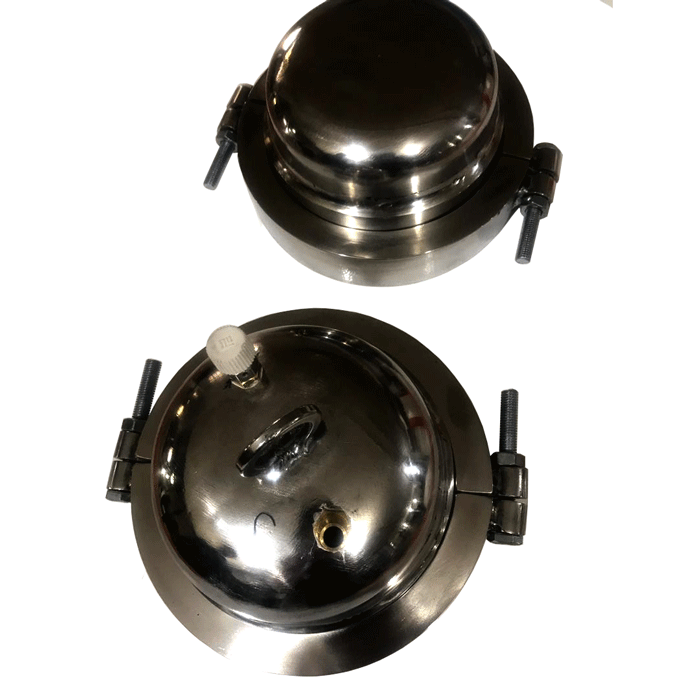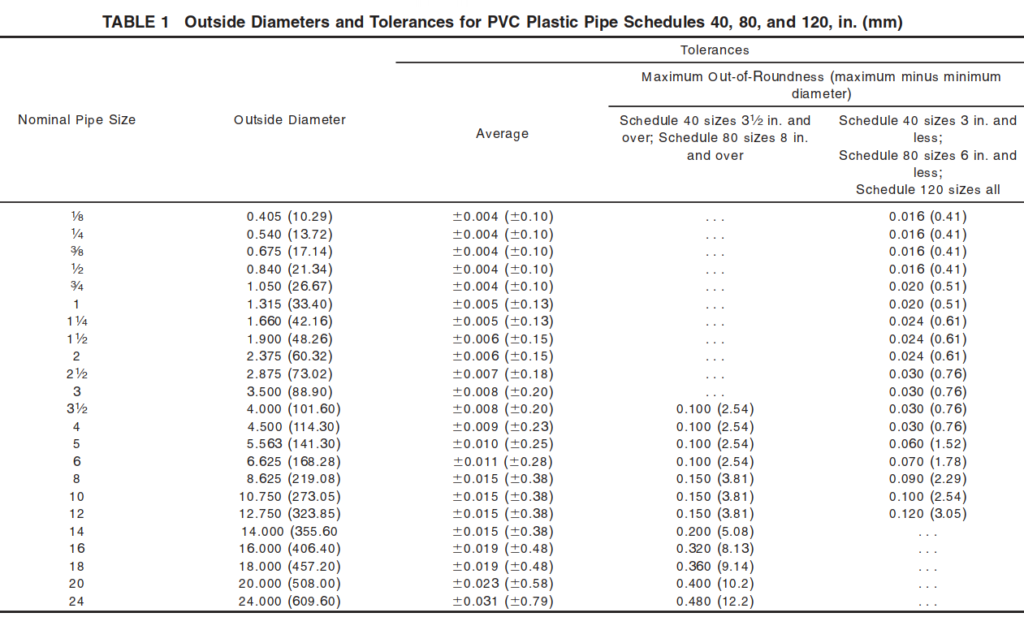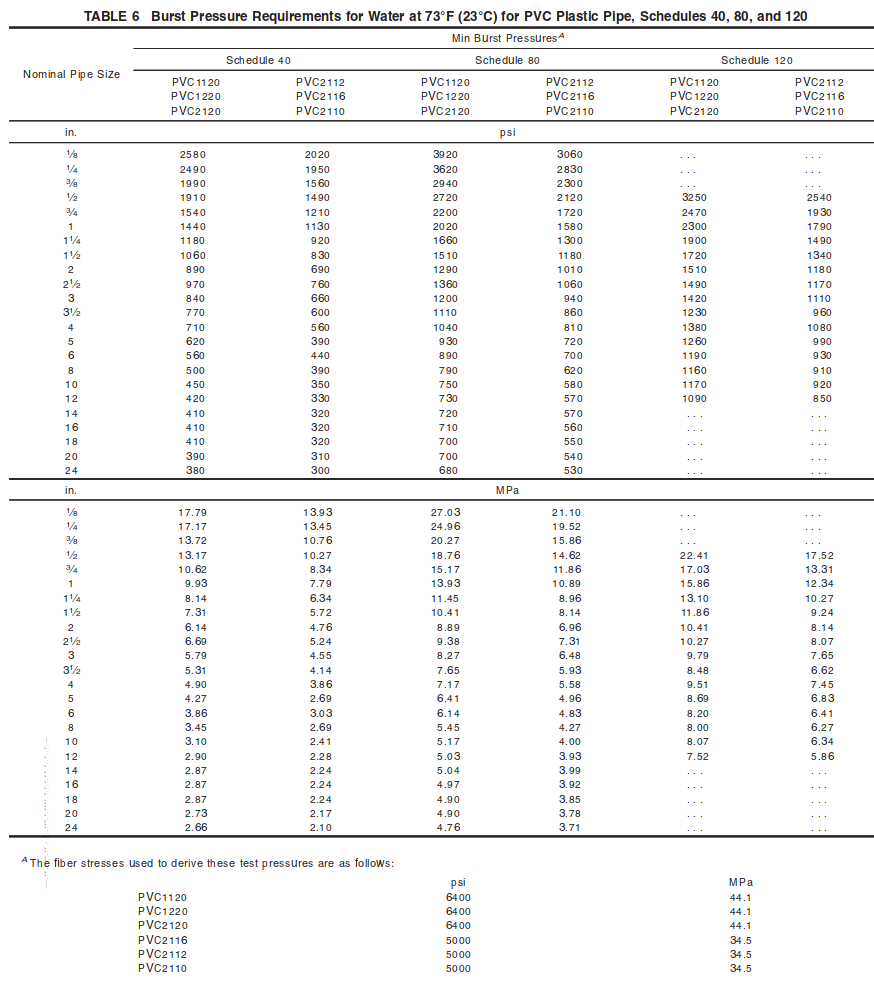6. Requirements
6.1 Dimensions and Tolerances:
6.1.1 Dimensions and tolerances shall be as shown in Table 1 and Table 2 when measured in accordance with Test Method D2122. The tolerances for out-of-roundness shall apply only to pipe prior to shipment.
6.2 Sustained Pressure—The pipe shall not fail, balloon, burst, or weep as defined in Test Method D1598, at the test pressures given in Tables 3-5 when tested in accordance with 8.4.
6.2.1 Accelerated Regression Test—The accelerated regression test shall be used in place of both the sustained and burst pressure tests, at the option of the manufacturer. The test shall be conducted in accordance with 8.4.1. The pipe shall demonstrate a hydrostatic design basis projection at the 100 000-h intercept that meets the hydrostatic design basis category requirement (see Tables 3-5 and Test Method D2837) for the PVC material used in its manufacture. (Example: PVC 1120 pipe must have a minimum 100 000-h projection of 3830 psi (26.40 MPa) and 85 % lower confidence limit (LCL).
6.3 Burst Pressure—The minimum burst pressures for PVC plastic pipe shall be as given in Table 6, when determined in accordance with Test Method D1599.
NOTE 7—Times greater than 60 s may be needed to bring large size specimens to burst pressure. The test is more difficult to pass using greater pressurizing times.
6.4 Flattening—There shall be no evidence of splitting, cracking, or breaking when the pipe is tested in accordance with 8.6.
6.5 Extrusion Quality—The pipe shall not flake or disintegrate when tested in accordance with Test Method D2152.
8. Test Methods
8.1 Conditioning—Condition the test specimens at 73.4 +- 3.6°F (23 +- 2°C) and 50 +- 10 % relative humidity for not less than 40 h prior to test in accordance with Procedure A of Practice D618, for those tests where conditioning is required.
8.2 Test Conditions—Conduct tests in the standard laboratory atmosphere of 73.4 +- 3.6°F (23 +- 2°C) and 50 +- 10 % relative humidity, unless otherwise specified in the test methods or in this specification.
8.3 Sampling—The selection of the sample or samples of pipe shall be as agreed upon by the purchaser and seller. In case of no prior agreement, any sample selected by the testing laboratory shall be deemed adequate.
8.3.1 Test Specimens—Not less than 50 % of the test specimens required for any pressure test shall have at least a part of the marking in their central sections. The central section is that portion of pipe which is at least one pipe diameter away from an end closure.
8.4 Sustained Pressure Test—Select the test specimens at random. Test individually with water at the internal pressures given in Tables 3-5, six specimens of pipe, each specimen at least ten times the nominal diameter in length, but not less than 10 in. (250 mm) or more than 3 ft (1 m) between end closures and bearing the permanent marking on the pipe. Maintain the specimens at the pressure indicated for a period of 1000 h. Hold the pressure as closely as possible, but within +-10 psi (+-70 kPa). Condition the specimens at the test temperature of 73.4°F (23°C) to within 3.6°F (+-2°C). Test in accordance with Test Method D1598, except maintain the pressure at the values given in Tables 3-5 for 1000 h. Failure of two of the six specimens tested shall constitute failure in the test. Failure of one of the six specimens tested in retest shall constitute failure in the test. Evidence of failure of the pipe shall be as defined in Test Method D1598.
8.4.1 Accelerated Regression Test—Test in accordance with procedures in Test Method D1598, using either free end or restrained end fittings. A minimum of six samples shall be tested. Test three specimens at a single pressure that will result in failures at or below 0.10 h. Test an additional three specimens at a single pressure that will result in failures at about 200 h. Generating additional data points to improve the LTHS or LCL, or both, is acceptable. No points shall be excluded unless an obvious defect is detected in the failure area of the test sample, or there was a malfunction of the equipment. Characterize the data using the least squares regression described in Test Method D2837.
8.5 Burst Pressure—Determine the minimum burst pressure with at least five specimens in accordance with Test Method D1599. The time of testing of each specimen shall be between 60 and 70 s.
8.6 Flattening—Flatten three specimens of the pipe each at least 2 in. (50 mm) long, between parallel plates in a suitable press until the distance between the plates is 40 % of the outside diameter of the pipe or the walls of the pipe touch, whichever occurs first. The rate of loading shall be uniform and such that the compression is completed within 2 to 5 min. On removal of the load examine the specimens for evidence of splitting, cracking, or breaking.










